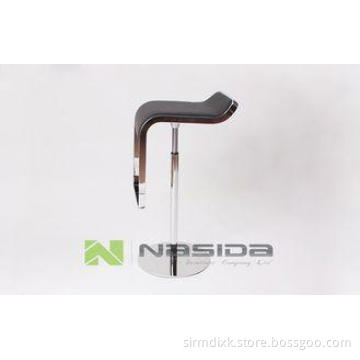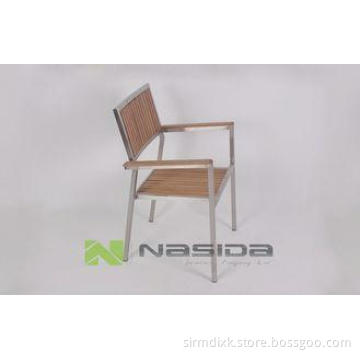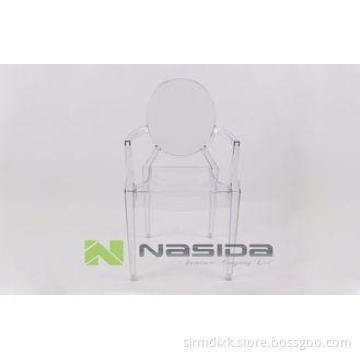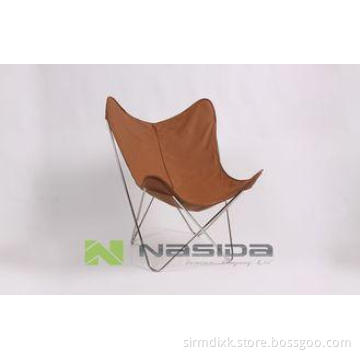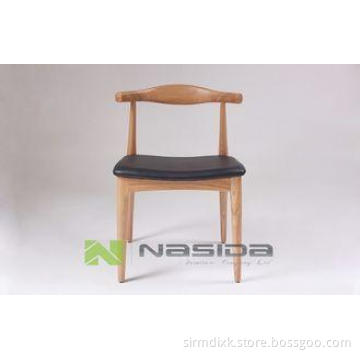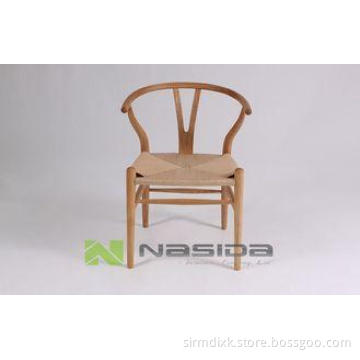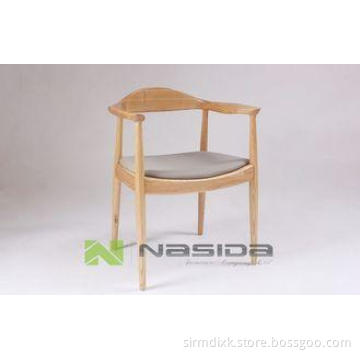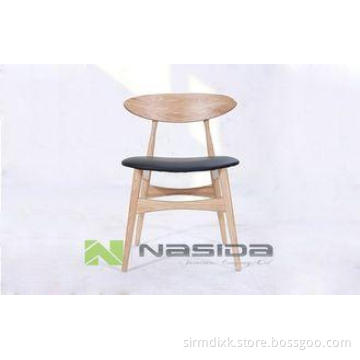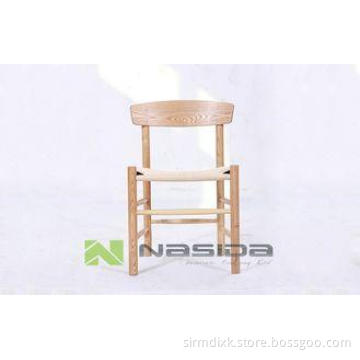
Durable Walnut Jacobsen Seven Chair , Solid Wooden Modern E
- Min. Order:
- 1
- Min. Order:
- 1
- Delivery Time:
- 30 Days
Your message must be between 20 to 2000 characters
Contact Now| Place of Origin: | China |
|---|
Durable Walnut Jacobsen Seven Chair , Solid Wooden Modern Easy Chairs for Dining Room
Quick Details
- Type: Dining Room Furniture
- Specific Use: Dining Chair
- General Use: Home Furniture
- Material: Wooden
- Wood Style: Solid Wood
- Wood Type: ash
- Appearance: Modern
- Folded: No
- Size: 50*45*81cm
- Place of Origin: Guangdong, China (Mainland)
- Brand Name: Nasida
- Model Number: CH162 Walnut
- color: Walnut
Description:
Jacobsen Seven Chair
Item No. : CH162 Walnut
1. Curved plywood seat with walnut veneer
2. Polishing stainless steel legs
Specifications:
|
Product Name: |
Jacobsen Seven Chair CH162 Walnut |
|
|
Designer: |
Arne Jacobsen |
|
|
Product No.: |
CH162 |
|
|
Product Material: |
Plywood with walnut veneer and stainless steel legs |
|
|
Upholstery Material: |
Plywood with walnut/ ash veneer/ paint/ PVC cover/ |
|
|
Available Colors: |
Black, white, red, brown and so on. |
|
|
Product Dimension (cm): |
50×45×81 |
|
|
Package: |
K=K Carton |
K=K Carton |
|
Packing Size (cm): |
65×60×54 |
|
|
Single CBM: |
0.21/4pcs |
|
Specifications:
|
Product Name: |
Jacobsen Seven Chair CH162 Walnut |
|
|
Designer: |
Arne Jacobsen |
|
|
Product No.: |
CH162 |
|
|
Product Material: |
Plywood with walnut veneer and stainless steel legs |
|
|
Upholstery Material: |
Plywood with walnut/ ash veneer/ paint/ PVC cover/ |
|
|
Available Colors: |
Black, white, red, brown and so on. |
|
|
Product Dimension (cm): |
50×45×81 |
|
|
Package: |
K=K Carton |
K=K Carton |
|
Packing Size (cm): |
65×60×54 |
|
|
Single CBM: |
0.21/4pcs |
|
Designer introduction:
|
Arne Jacobsen |
|
|
Arne Jacobsen (1902–1971) was the renaissance-man of Danish architecture and design. He mastered the whole gamut of the profession, and whether the object in question was a high-rise hotel, a chair or a door handle, he worked with an obvious enthusiasm and vigour. Jacobsen was admitted to the Royal Academy of Fine Arts in 1924 and graduated in 1927. Soon after, in 1929, he won recognition for “The House of the Future” project, where he, in collaboration with Flemming Lassen, presented a daring vision, complete with helipad on the rooftop. Arne Jacobsen is considered to be one of the most important Scandinavian architects and designers in post-war time. He is the legendary creator of several 20th Century furniture icons, including e.g. The "Egg" chair, The "Swan" chair and the "Ant" and "Seven series" chairs. Throughout his career Jacobsen maintained a high level of productivity. He designed a great number of single-family houses, summerhouses, larger apartment buildings such as the Bellavista complex, from 1934, and several public buildings, such as Søllerød and Århus Town Halls, both completed in 1942 and the Munkegaard School, from 1957. In 1964, St. Catherine’s College at Oxford University was inaugurated, earning him international fame. But Jacobsen’s finest piece of work is perhaps the Royal Hotel in Copenhagen, completed in 1960. Here his talent was really brought out. In everything, from the elegant curtain-wall structure; over the furniture; the lamps; the textiles; the door handles; right down to the cutlery in the restaurant, Jacobsen’s steady hand was evident. Here, some of his best furniture was first introduced. The full, sculptural shapes of “The Egg” and “The Swan”, now considered modern furniture icons, constituted an interesting contrast to the angular, stringent building. Another well-known Jacobsen creation is “the Ant Chair” designed in 1951 and introduced in 1952. This elegant, stackable, three-legged piece came about as a result of Jacobsen’s great interest in modern materials and new production techniques. The narrow ‘waist’, which gave the chair its name, was necessary because of Jacobsen’s wish to keep the bent plywood seat and back in one piece. A four-legged sister, “the 7 Chair”, designed in 1955, went on to become a major success with more than 5 millions copies sold worldwide. Arne Jacobsen was one of the very early modernists in Danish architecture. He was trained in the neo classic school of the Academy of Art in Copenhagen in the 1920′s, but was early open to the international modern movement. His most important commission was the SAS royal Hotel in Copenhagen from 1958, for which also many of the mentioned furniture icons were designed. Jacobsen designed not only the building but also the interior, right down to the smallest details. Arne Jacobsen developed his own significant style and worked independantly from 1930 when he opened his own design office. He is the designer behind many modern classics ranging from furniture and lightning to textiles and cuttlery. |
|

